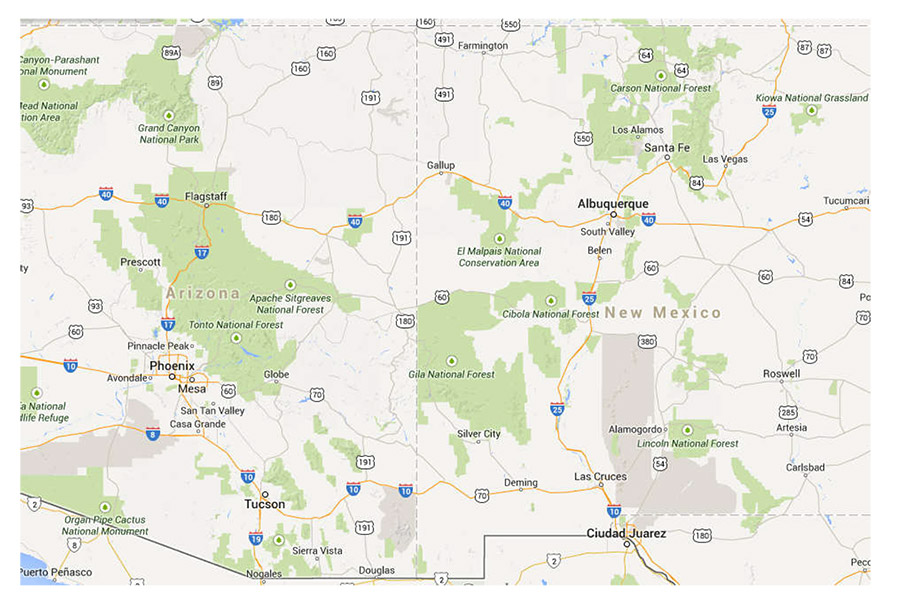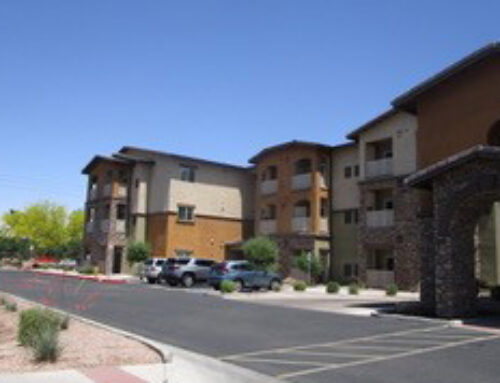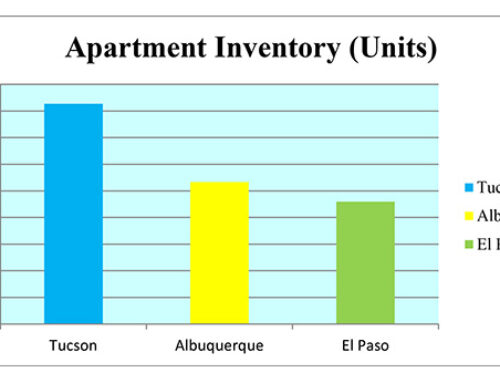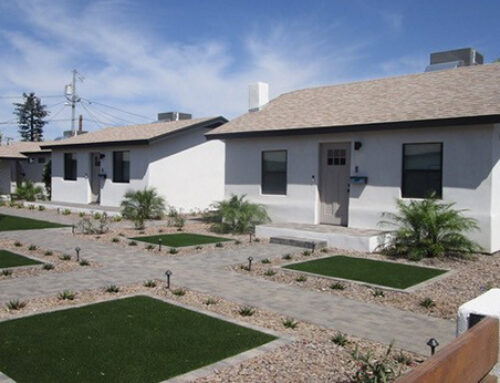Tale of Three Cities – Revisited 8-2023
The purpose of this report is to show the strengths and weaknesses of Tucson, Arizona, and its sister cities, namely Albuquerque, New Mexico and El Paso, Texas. This trio is a sisterhood, as they have many commonalities including climate, and population size. They also all share the distinction of a military base and a university. The statistics and data shown herein illustrate the big picture and may not reflect exact figures. Since our last publication in October of 2017, much has changed. These changes include, but are not limited to: a global pandemic, legal changes including the recreational and medicinal use of marijuana, and two new U.S. Presidents.
Tuscon, Arizona
Tucson is about 60 miles north of the US-Mexico border and about 100 miles south of Phoenix, Arizona. The metropolitan population is about 1.04 million but the 2020 US Census Bureau reports a population of about 543K. Major industries in Tucson include defense/aerospace, healthcare, and mining. Tucson has a minor league hockey and soccer team, and an arena football team, but the most followed teams are associated with the University of Arizona. The current real estate trends include the build-up of downtown with new multi-family developments, street-car transportation, student housing, hotels, restaurants, and retailers. In 2019, work was completed on a $50 million, 150,000 square foot regional headquarters for Caterpillar Inc. in Downtown Tucson. This space accommodates over 700 employees and has been an additional growth catalyst for the city.
Tucson has also become a distribution hub for Southern Arizona with the Port of Tucson. The Port of Tucson is a full-service inland port, rail yard and intermodal facility. The port consists of 767 acres with 50,000 linear feet of rail track, with cold storage, dry storage, distribution, and manufacturing. There are four Amazon facilities in the Tucson area: the 857K SF Fulfillment Center built in 2019, the 49,500 SF “Last Mile” facility, 270K SF Delivery Station, and the newest is a 220K SF facility in Marana. The Marana facility has been completed, but is still vacant. Potentially, there is a large copper mine to the southeast of Tucson, but this has been pending for several years, awaiting county, state, and federal permits. There are also plans by American Battery Factory to construct a 2 million SF lithium iron phosphate battery plant, which will create 300 jobs at the onset and will be scaled up to a thousand jobs. Sion Power Corporation, a Tucson-based battery developer for electric vehicles signed a pair of leases totaling 212K SF. The expansion is expected to be complete by 2026 and will create over 150 high quality jobs. Shamrock Foods also acquired 81 acres for a distribution center in Marana.
An on-going issue with Tucson as well as the other two cities is water availability. Tucson is heavily dependent on the Central Arizona Project (CAP) canal for water, which may be less available in the long-term with ongoing cuts from long-term droughts and over usage. However, the water table is currently up from prior years with an estimated 5.5 years of excess Colorado River water in aquifers. Other options will have to be visited soon for Tucson to grow at a sustained rate.
The major difference between Tucson and its sister cities is that it is in the shadow of a much larger city. The Phoenix metropolitan area is about 5 million people and has sports venues, a much larger international airport, corporate industries, loop freeways, and a light rail line. This is both a benefit and a detriment to Tucson. It could be seen as a detriment, since the state and corporations focus their time and energy on the greater Phoenix area.
Albuquerque, New Mexico
Albuquerque is about 300 miles north of El Paso, 400 miles northeast of Phoenix, Arizona, 400 miles south of Denver, 450 miles northeast of Tucson, and 600 miles east of Las Vegas. The metropolitan population is about 924,000 and the 2020 US Census Bureau reports a population of about 565K. Major industries in Albuquerque include Defense/Aerospace, Bioscience, Renewable Energy, Digital Media and Film, and Manufacturing.
Albuquerque is the hub for New Mexico and has a rich culture. The city has a strong central downtown core, four seasons, minor league baseball, hockey, and soccer teams; as well as an indoor football team. Like Tucson, Albuquerque has a revitalized convention center known as Tingley Coliseum. Albuquerque is served by two interstates, also like Tucson. The city has similar water issues like Tucson but the water table is up from past years due to active water conservation and reclamation efforts.
Albuquerque has a commuter rail line, known as Rail Runner, traveling north-south from Belen, through the city, and to Santa Fe, about 60 miles to the north, and the Albuquerque Rapid Transit (ART). The Rail Runner and ART connect metro Albuquerque visitors and residents to various destinations throughout the area. New developments continue on the west side of the city. The city generally grows to the west, given the surrounding public lands and geography of the land to the north and east. Downtown 2025 is an initiative in Albuquerque. The goal is “To make Downtown Albuquerque the best mid-sized downtown in the USA.” There are many strategies for Downtown 2025 including: enhancing the character of the neighborhoods, maintaining downtown as the largest employment center in New Mexico, and making downtown a tourist destination.
For newer employment opportunities, Albuquerque has recently added a 2.8 million SF Meta/Facebook Data Center, and a 441K SF Amazon Fulfillment Center completed in mid-2021. There is a proposed 257k SF Netflix production facility.
El Paso, Texas
El Paso, Texas is about 300 miles south of Albuquerque and 300 miles east of Tucson. The metropolitan population of the city is about 869,000 and the 2020 US Census Bureau reports a population of about 679K. Major industries in El Paso include manufacturing, data centers, renewable energy and sustainable industries, and transportation and logistics. The El Paso economy is largely based on how well and how safe Ciudad Juarez is at any given time. El Paso also benefits from its vicinity to the border and despite its rowdy neighbor Juarez, El Paso is one of the safest cities in the United States.
Recent trends in El Paso include a downtown that is being revitalized with new hotels, housing options, mixed use developments, a baseball stadium, and repurposing of buildings. The El Paso Streetcar opened in 2018. This project runs about 5 miles from downtown to the university in restored streetcars. The city is growing on the east and west ends with new residential and retail developments. There is also a proactive local developer who has been repurposing historic properties throughout the city. The area near Fort Bliss is also seeing new retail and residential development. El Paso is also ahead of the curve with regards to water treatment, as the city is utilizing a desalination plant. The desalination plant is the world’s largest inland desalination plant and can produce up to 27.5 million gallons of fresh water daily. The water is drawn from the nearby Hueco Bolson. Overall, the market appears to be steadily growing and improving.
For newer employment opportunities, El Paso has become a logistics hub, and exports have grown 210% over the past decade. El Paso also has a 2.6 million SF Amazon Fulfillment Center completed in 2022. In addition, Hunt Companies recently delivered a speculative 262K SF, 20- story, Class A office tower, the first in 30 years in El Paso.





